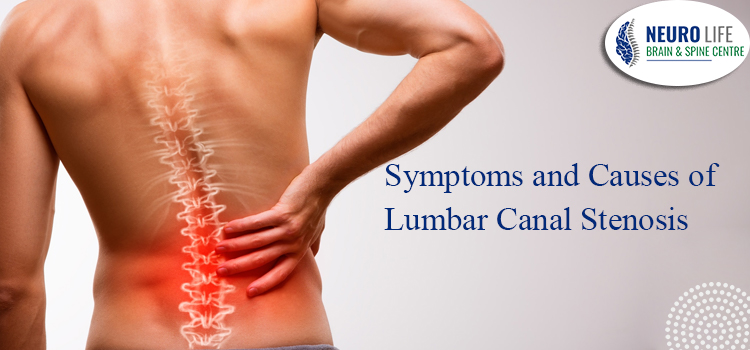Lumbar Canal Stenosis
Lumbar spinal canal stenosis means the spine gets narrow, which puts pressure on nerves present in the spine or passing through it. There’s even excess pressure on the neck and lower back. On-time and advanced care of the Lumbar Canal Stenosis Treatment in Ludhiana under trained medical experts will give utmost relief. As the problem mostly occurs in the neck and lower back, you should not ignore the situation as it’s likely to worsen with time.
What are the types of spinal stenosis?
When you visit one of the best spine doctor in Ludhiana for initial diagnosis and evaluation, he will check the type of spinal stenosis you have. Determining the condition makes it easier to tell what’s the problem and how it can be managed. There are two main types of spinal stenosis:
- Lumbar Stenosis
Narrowing happens in the spine area in the lower back, and it’s the most common one.
- Cervical Stenosis
This leads to narrowing in the one particular part of the spine in the neck.
If your situation is worsening or you are in extreme pain, then consult one of the known Neurologist in Ludhiana to understand the most appropriate way of addressing the situation effectively.
What are the symptoms of spinal stenosis?
In many cases, spinal stenosis doesn’t show any symptoms, and the option of CT scan and MRI only tell about the same. Moreover, the situation worsens with time, and the symptoms may vary depending on where it occurs. Some of the most common symptoms depending on the area, are:
Cervical Spine (Neck area)
- Foot, leg, hand, and arm weakness
- Not able to properly balance and walk
- Neck pain
- Numbness in the hand, foot, leg, and hand
- Get diagnosed with bladder or bowel dysfunction, which means having urinary incontinence and an urgent need to urinate
Lumbar Spine (Lower Back)
- Leg or foot weakness
- Leg or foot have numbness and tingling sensation
- Cramping or pain in one or both legs as you stand for a long period and it gets resolved when you bend forward
- Back pain
If you notice any of these symptoms and are in an extremely severe state, then consult an experienced medical expert.
What are the causes of spinal stenosis?
The spine runs from the neck to the lower back, which gives the spinal cord utmost protection. In a few cases, individuals have had the problem since birth. Other than that, there are a few common causes that increase the chances of getting diagnosed with spinal stenosis:
- Bone overgrowth
- Herniated disc
- Ligaments getting thick
- Tumors
- Spinal injury
If you have been dealing with any of these conditions, then make sure to consult the neurologist and seek management tips for the same.
Are there any risk factors for spinal stenosis?
In most cases, spinal stenosis occurs after the age of 50. Moreover, there are likely to be higher degenerative chances at a young age. To understand the most effective reason behind the same, you need to get spinal imaging for better results.



